So, you have a breakthrough project idea and want to start, but how do you go about it? Project planning is one of the most critical steps in any successful project. The right plan can ensure that the project will be completed on time, within budget, and with minimal risk.
Jira can take your project planning experience to a whole new level. Today, we’ll explore what project planning is, why it’s vital to plan projects, and how you can use Jira for project planning. Let’s get started!

What is Project Planning?
Project planning is defining a project’s scope, activities, and timeline. It involves estimating costs, setting deadlines, and ensuring everyone involved in the project is on board.
While the actual project components you need to define depend on the project and its complexity, in general, you need to plan out the following:
- Goals: First, you must define the project’s objectives and establish a timeline. This will help you keep track of progress, identify potential project risks, and ensure that the deliverables are met on time. Usually, a client or stakeholder will provide you with the project’s goals. You may also need to communicate with your stakeholders to clear up any ambiguities.
- Resources & Budget: Before diving into the actual project, you must determine how much money and resources are available. This will help you decide what tasks to include in your plan and how long they’ll take to complete. You can also use this information to create a budget for the project.
- Tasks & Milestones: Once you have the goals and budget, it’s time to break down the project into smaller tasks. This will help you estimate how long each task will take and determine when they need to be completed. You can also set milestones during this stage, which are intermediate targets that must be met before the project is complete.
- Timeframes: When creating a project plan, setting realistic deadlines and timelines for each task is essential. This will enable you to track the progress and ensure the project is completed on time. You can also create deadlines for yourself and your team to ensure that tasks are completed as quickly as possible.
- Risk Management: Risk management is an integral part of project planning. This involves identifying potential risks and creating strategies to minimize their impact on the project. For example, you may need to plan for unexpected delays or budget overruns. A good management practice is to prepare a contingency plan outlining how to handle risks.
- Quality Assurance: Finally, you must define a set of criteria to measure the success or failure of the project. You can regularly review the project’s progress and ensure that it meets the established standards. The quality assurance process will let you identify any issues early on and take corrective action if needed.

Why Plan Your Project in Advance?
Project planning is essential for achieving a successful project outcome. You will get several benefits, such as:
- Accurate estimation: Good project planning will help you make accurate estimations of the project timeline, budget, and resources needed. You can manage expectations and avoid costly delays or overruns.
- Setting clear roles: Defining roles and responsibilities help to ensure that everyone knows what their job is. It also enables you to avoid misunderstandings or conflicts among team members.
- Defining clear milestones: Once you set specific milestones for your project, you can focus on completing each task and meeting the objectives. This will enable you to track progress, assess performance, and make timely changes if necessary.
- Reducing risks: Project planning allows you to identify potential issues in advance. You can also plan for contingencies to reduce risks and prepare for unexpected events.
So, you can see many benefits to planning your project meticulously in advance. Now, let’s take a look at how Jira can help.
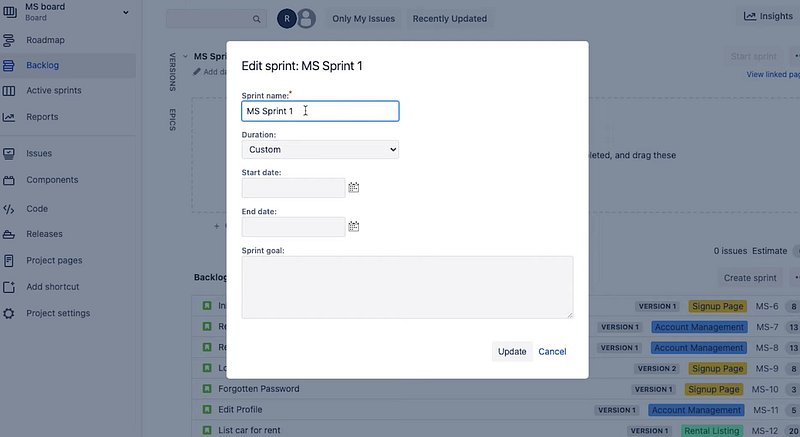
Jira Project Planning Features
Jira is one of the most popular project planning tools available. It has a wide range of features that make it ideal for project planning.
- Task Management: Jira’s task management feature allows you to easily manage tasks related to your projects and track their progress.
- Estimation & Forecasting: Jira also helps you estimate and forecast costs associated with your projects. This ensures that your projects remain within budget.
- Collaboration: Jira makes it easy for everyone involved in a project to collaborate, regardless of their location or time zone. This enables teams to work effectively together on any given project.
- Reporting & Analytics: Jira also has powerful reporting and analytics features that help you measure the progress of your projects. The analytics and insights let you identify potential bottlenecks and make timely corrections to keep your project on track.
- Automation: Once you implement Jira, you can automate many tasks related to your project to save time and resources, allowing you to focus on more critical tasks.
In addition to these powerful features, Jira lets you design and build a workflow. Let’s see what it is and how it helps with project planning.
Jira Workflow for Project Planning
A workflow is a set of steps that need to be taken for successful project completion. In Jira, you can design and build your custom workflow. This helps track the progress of each project step and optimize resources accordingly.
For instance, if you are working on a software development project, then some of the steps in the workflow might include requirement gathering, coding, testing & debugging, deployment & maintenance, etc.
You can customize these steps to your requirements and assign tasks to relevant team members at each stage. This allows everyone involved in the project to understand their roles and work more efficiently without any roadblocks.
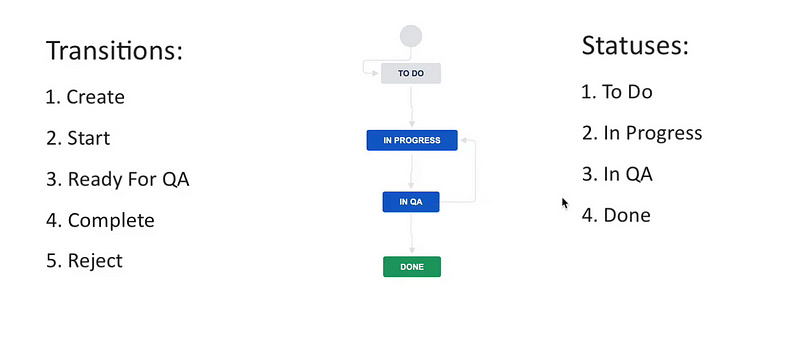
Plan a Project with Jira: Step-by-Step
Jira is a powerful tool for project planning, but it can be difficult to use if you don’t have the right guidance. Here are some basic steps to help you plan your project with Jira.
Step 1 – Define Project Goals
Before you can start planning your project, you need to define the goals and objectives for the project. Think about what success looks like for this project and ensure all stakeholders are on board. Write down the project’s main goal and any sub-goals or objectives that will help you reach it.
While defining your project goals and objectives, get a clear idea about the project’s budget and finances. Knowing the project budget will help you understand your project’s scope and how many resources and people you need to allocate to complete it.
Step 2 – Define Key Milestone
Once you have defined your project goals, it’s time to define the key milestones for your project. Milestones are points in a project where specific tasks must be completed before moving on to the next step. Examples of milestones include finishing product development, releasing a test version, and launching the final product or service.
When defining milestones, ensure they are realistic and achievable within the set timeline. This will help you understand how much work needs to be done and ensure everyone involved knows their responsibilities.
Step 3 – Identify Participants
Now it’s time to identify who will be involved in the project. Think about all of the people, departments, and teams that need to be engaged for the project to succeed. Ensure everyone knows their roles and responsibilities so they can work together effectively.
At this stage, you will also need to carefully consider everyone’s qualifications for handling their roles. You can also consider any external parties you need to involve in the project, such as vendors or consultants.
Step 4 – Prepare Your Team
Before starting your project, you need to ensure everyone involved is on the same page. Start by introducing the idea of the project and explaining why it needs to be done. Let each team member know their responsibilities and how they contribute to the project’s success.
You should also ensure clear communication lines between all stakeholders in the project. Set up a meeting or call for regular updates so everyone is aware of any changes or challenges that arise during execution.
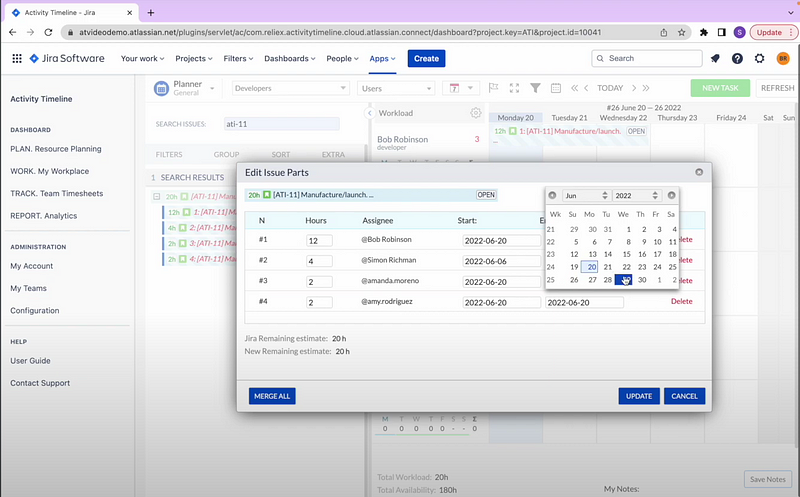
Step 5 – Consider Risk Factors and Dependencies
Project planning involves considering all potential risk factors and dependencies. Think about any external factors that could affect the project, such as changes in the market or new regulations. Also, consider any internal dependencies, such as other teams or departments, who need to be involved for your project to succeed.
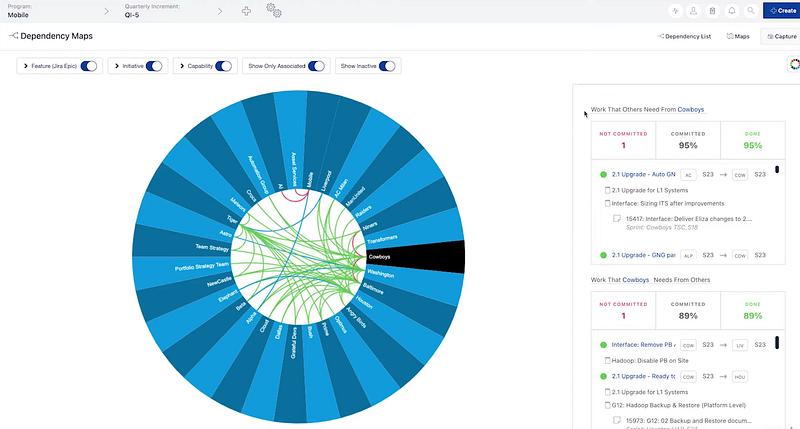
Step 6 – Finalize the Plan
Once you have defined the project goals and milestones, it’s time to finalize the plan. This includes creating a timeline of tasks, assigning resources to specific tasks, and estimating costs for each task. Jira can help you with this by allowing you to create Gantt charts that show your project’s timeline.
You can also use Jira’s Scrum Board feature to assign tasks and track progress. Once all of this is set up, you’ll have a comprehensive plan that will help ensure your project is completed on time and within budget.
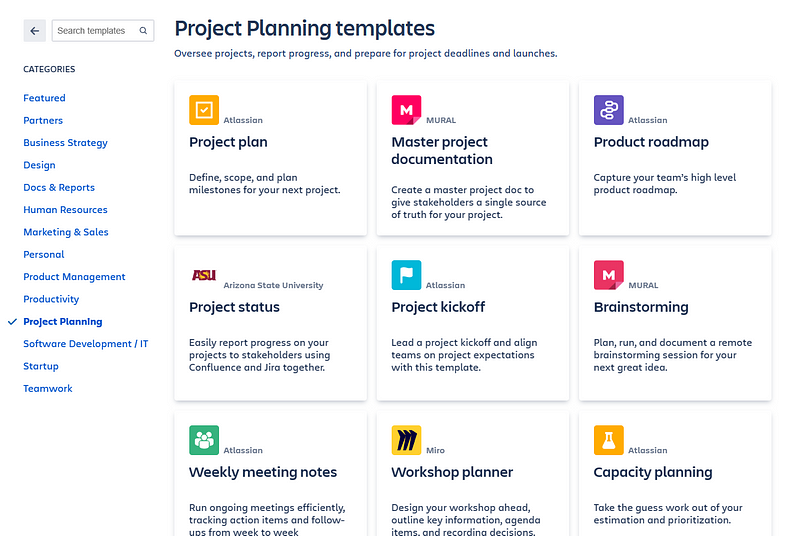
Jira lets you create a project plan either from scratch or from several guided templates.
Planning with a Gantt Chart vs Workflow
Two of the most popular project planning methods are Gantt charts and workflow diagrams. You can use both of these methods in Jira to plan your project.
A Gantt chart is a visual representation of a project timeline. It displays tasks, their duration, and the dependencies between them in a horizontal bar chart.
Workflow diagrams show how tasks flow from one step to another in order to complete the project. They help you identify bottlenecks and make sure that work is flowing smoothly from start to finish.
Best Apps and Tools for Jira Project Planning
Integration with other tools and applications is one of Jira’s most vital points. Here are some of the best apps and tools you can use to enhance your project planning experience:
1. Day.io – Best Time Planning Plugin for Jira
Trusted by over 300,000 users globally, Day.io offers the most comprehensive time planning plugin for Jira. It allows you to break down tasks into smaller chunks and assign resources to each task. You can also track progress, set deadlines, and monitor overall performance in real-time.
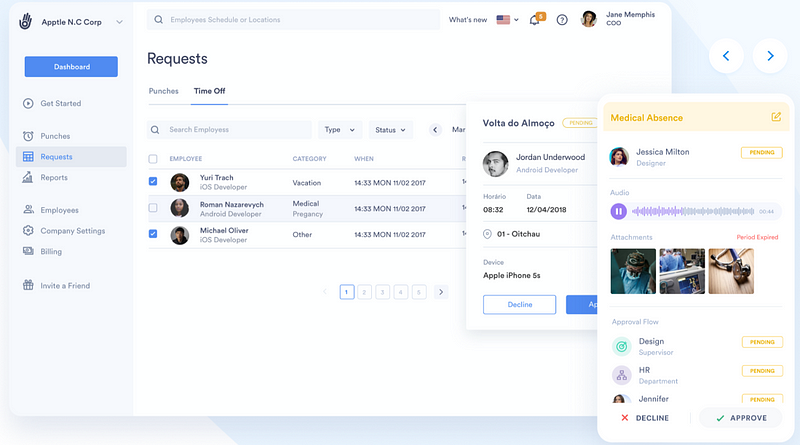
Day.io lets you quickly generate timesheets and invoices and easily export them for further analysis. You can also custom approval rules for individual users.
Features
- Time tracking with task details
- Project report generation from time sheets and tracking data
- Paid time off data management
- Project planning with time allocation for sub-tasks
- Breakdown of project costs and billing
- Work planning and scheduling
- Anti-fraud measures
- GPS, facial, and fingerprint verifications
- Touchless time clock app to track check-in and check out
- Time and attendance punch systems
- Real-time cross-platform sync
Pricing
You will get complete project tracking features at $8 per user/month and time tracking features at $5 per user/month.
2. BigPicture – Best Project Layout Planning App
BigPicture is an exhaustive project layout planning app for Jira. The Jira cloud-fortified app lets you easily break down projects into manageable tasks and steps. The BigPicture plugin comes with interactive Gantt charts that allow you to visualize progress over time. It also offers robust reporting capabilities, so you can quickly analyze how the project is going at any given time.
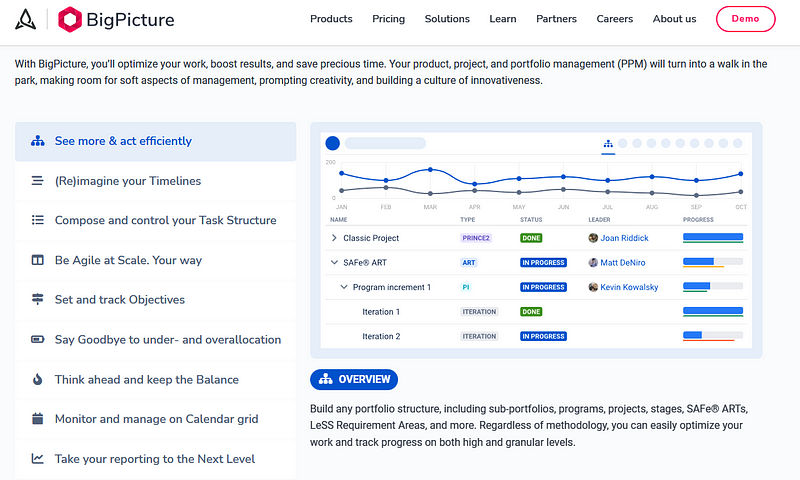
Features
- Complete Gantt and timeline planners
- Agile team activity planner
- Cross-portfolio work management and planning
- Customized prioritization and workflow builder
- Resource coordination and allocation
- Risk management functions
Pricing
- Cloud: Free for up to 10 users, $3.75 per user/month for 11-100 users
- Data Center: $1,875/year for up to 50 users
- Server: $10/year for up to 10 users
3. Structure.Gantt – Best for Gantt Chart and Roadmap Builder
Structure.Gantt is the best Jira app for creating Gantt charts and roadmaps. It helps you quickly prepare detailed layouts and plan projects with ease. You can customize the Gantt chart to suit your needs and track progress in real-time. Structure.Gantt offers many features, such as time management, resource planning, and task scheduling, timeline tracking, project costing, budgeting, and more.
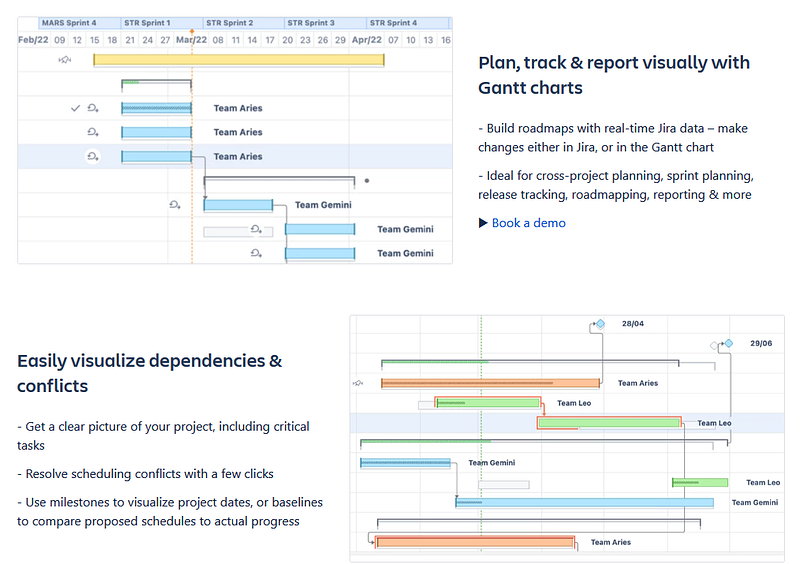
Features
- Flexible and intuitive Jira roadmap builder
- Visual project data tracking
- Resource planner
- Dependency and conflict planner
- Prevention of resource overallocation
Pricing
- Cloud: $5 per month, flat fee for up to 10 users
- Data Center: $630/year for up to 50 users
- Server: $10/year for up to 10 users

Wrap-Up: Jira Project Planning
Business managers have trusted Jira for project planning since its inception. It’s a powerful tool that can help you plan, track progress, and stay organized. With the right apps and tools, Jira can be an invaluable asset in your project planning arsenal.
To turn your project plan into perfection, you will need a strong time planning and management app, where Day.io comes in. The Day.io plugin lets you easily track your tasks and timeline, helping you keep on top of things.
Try Day.io for free for five days and see how it works with Jira to take your project planning to the next level!
